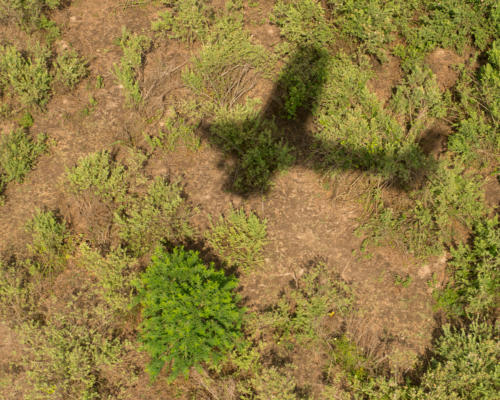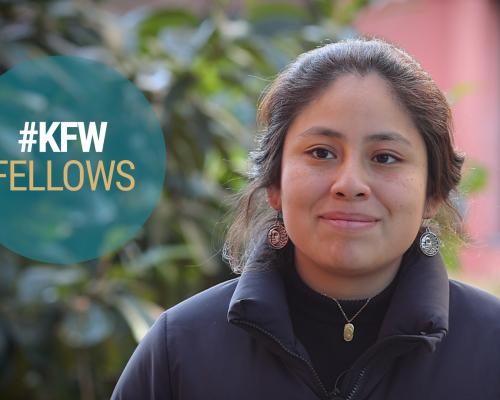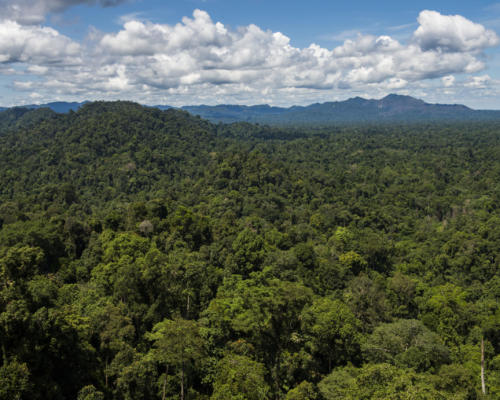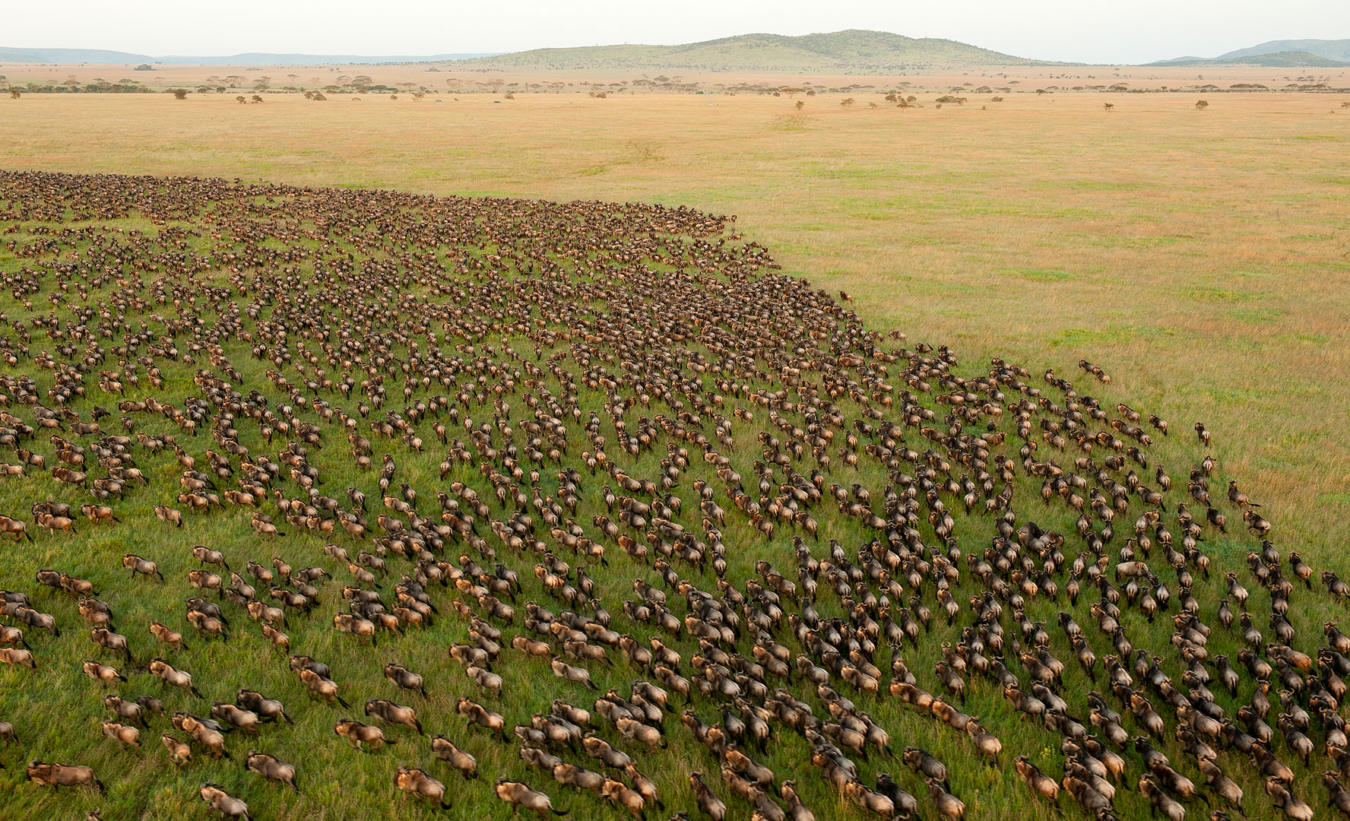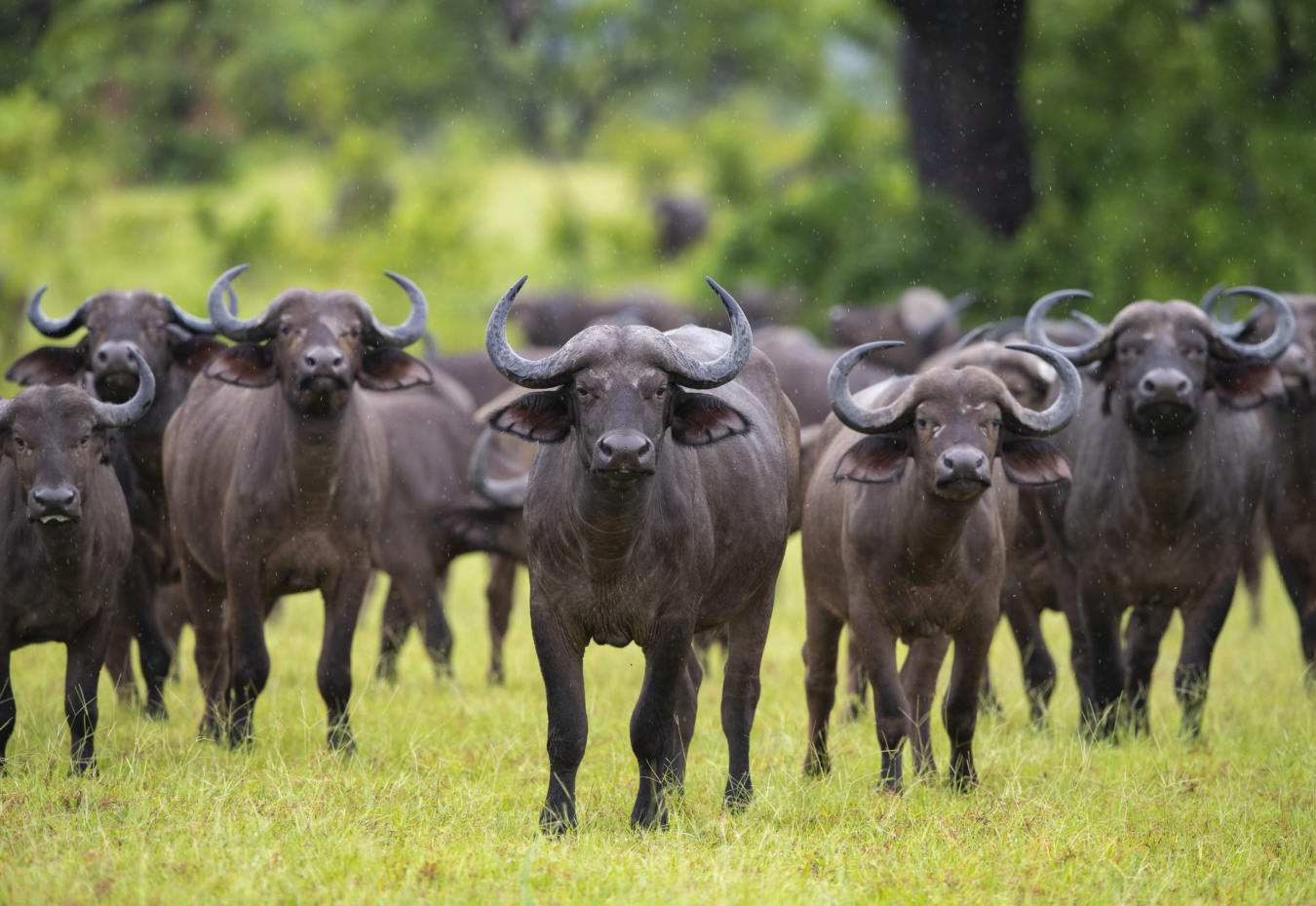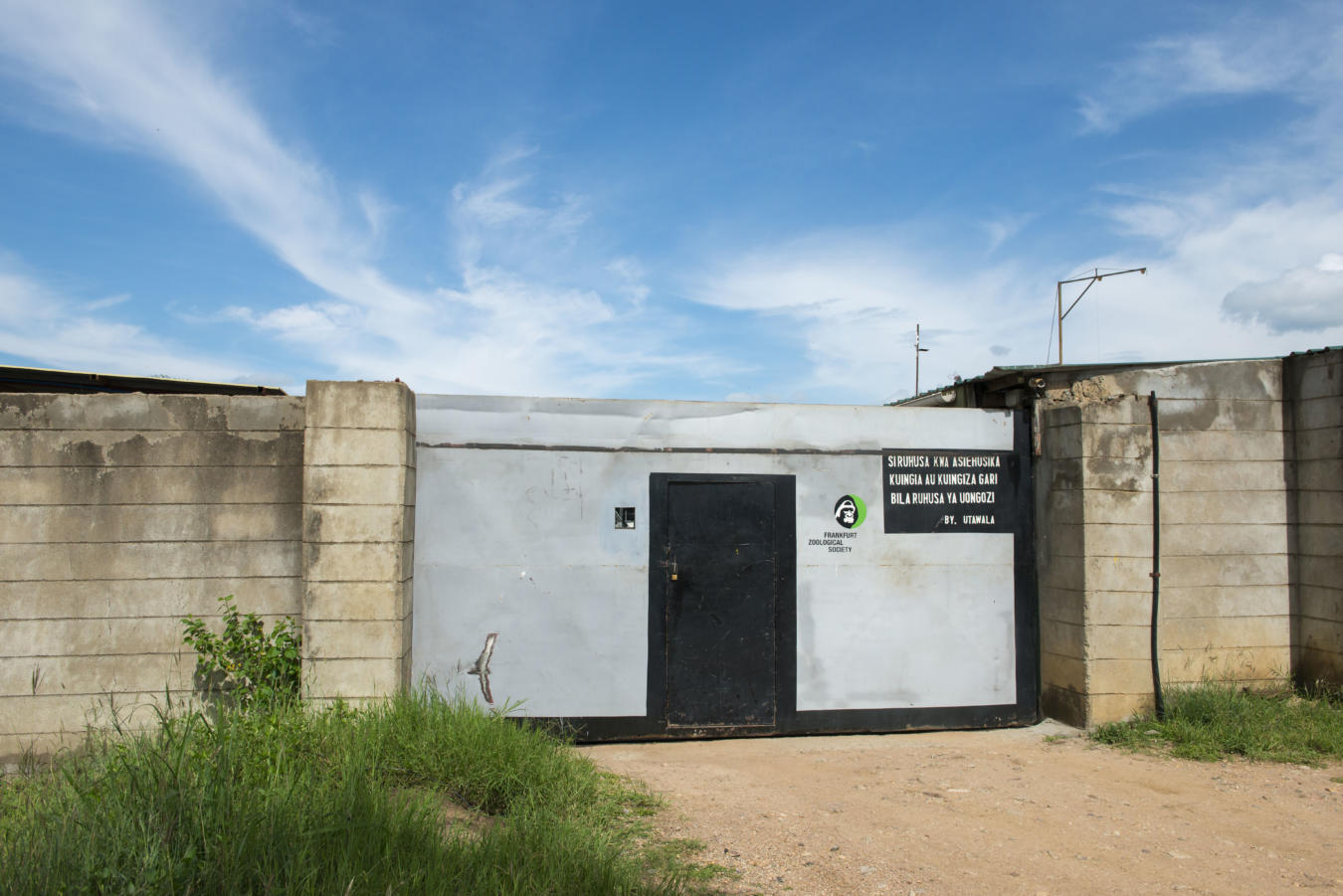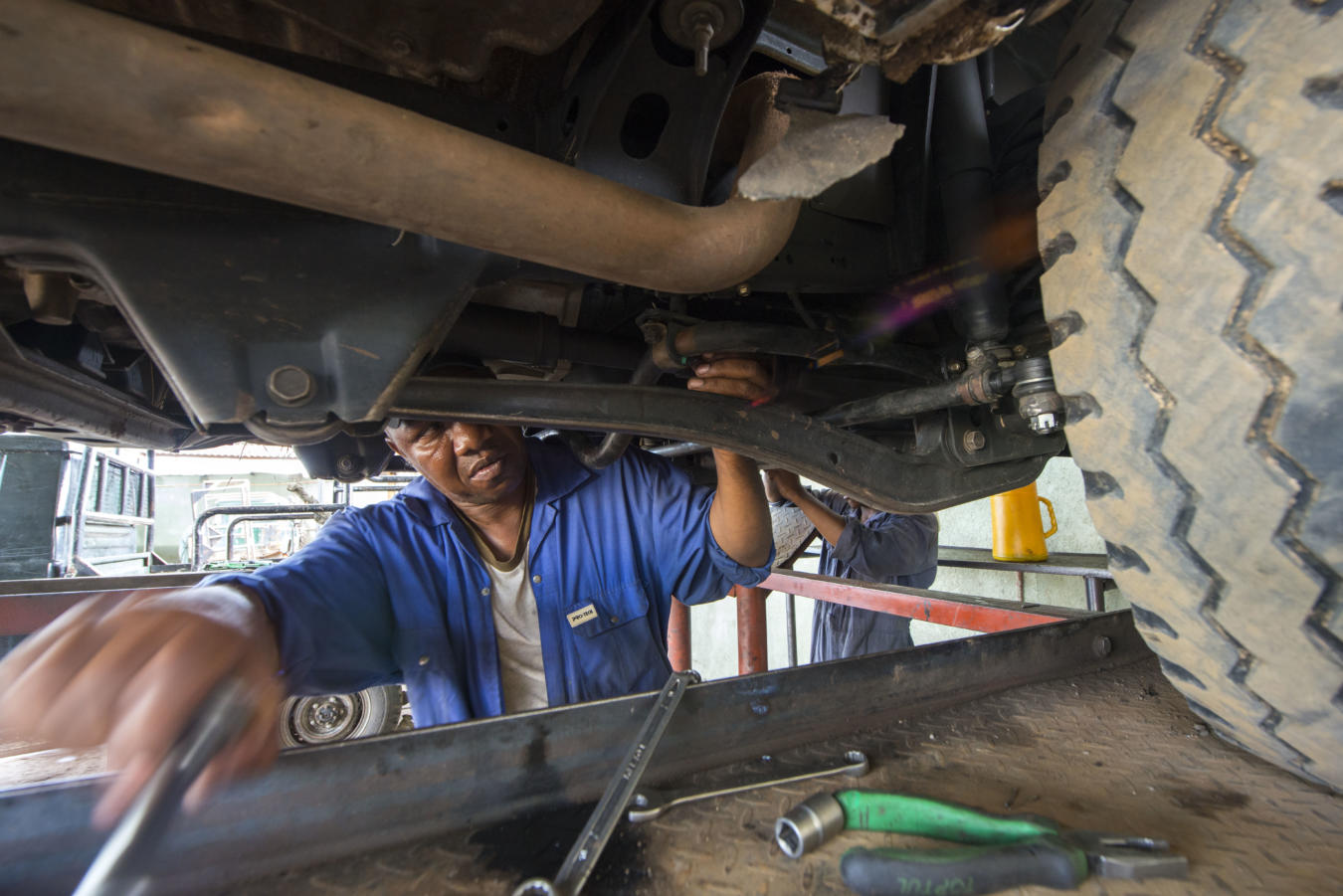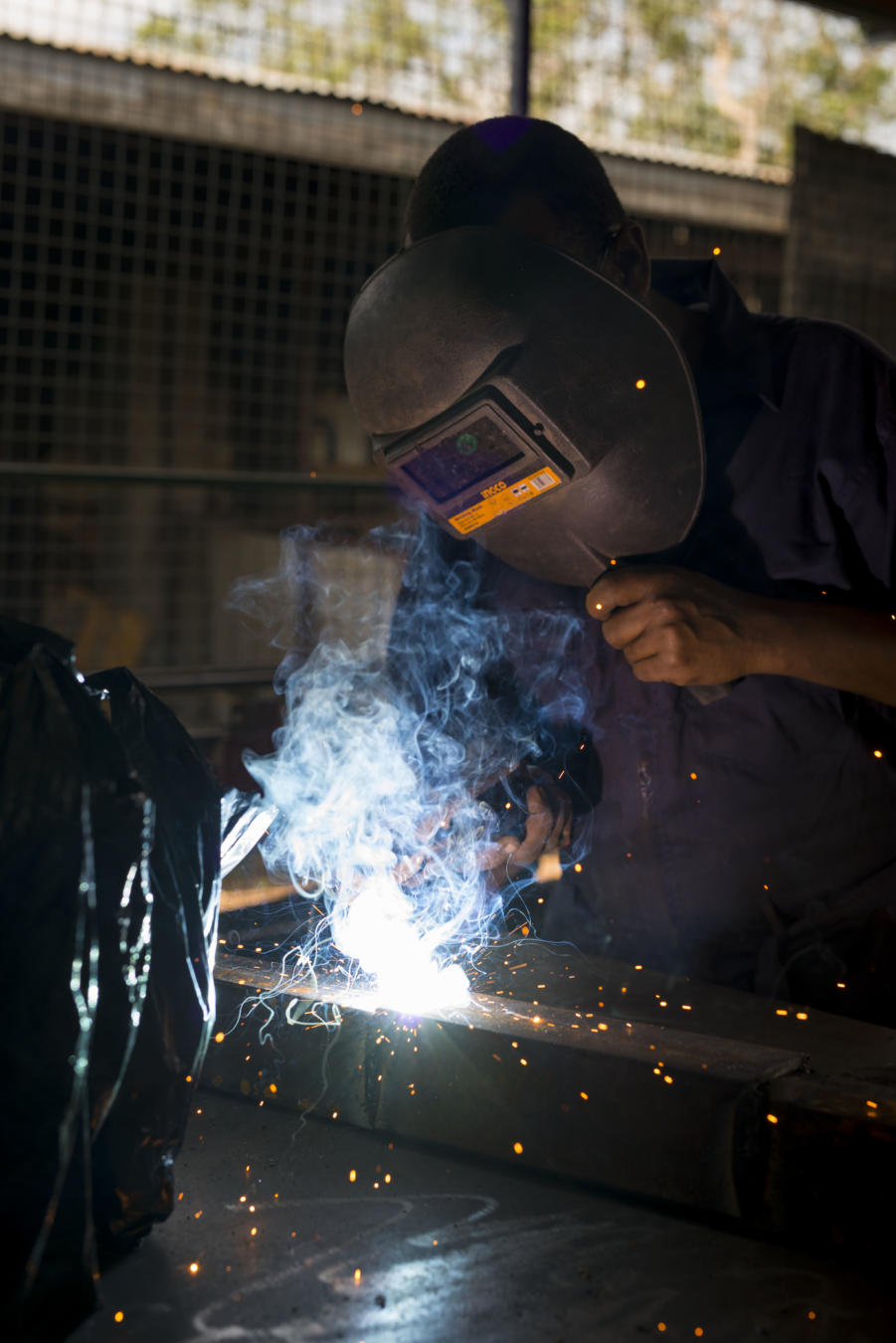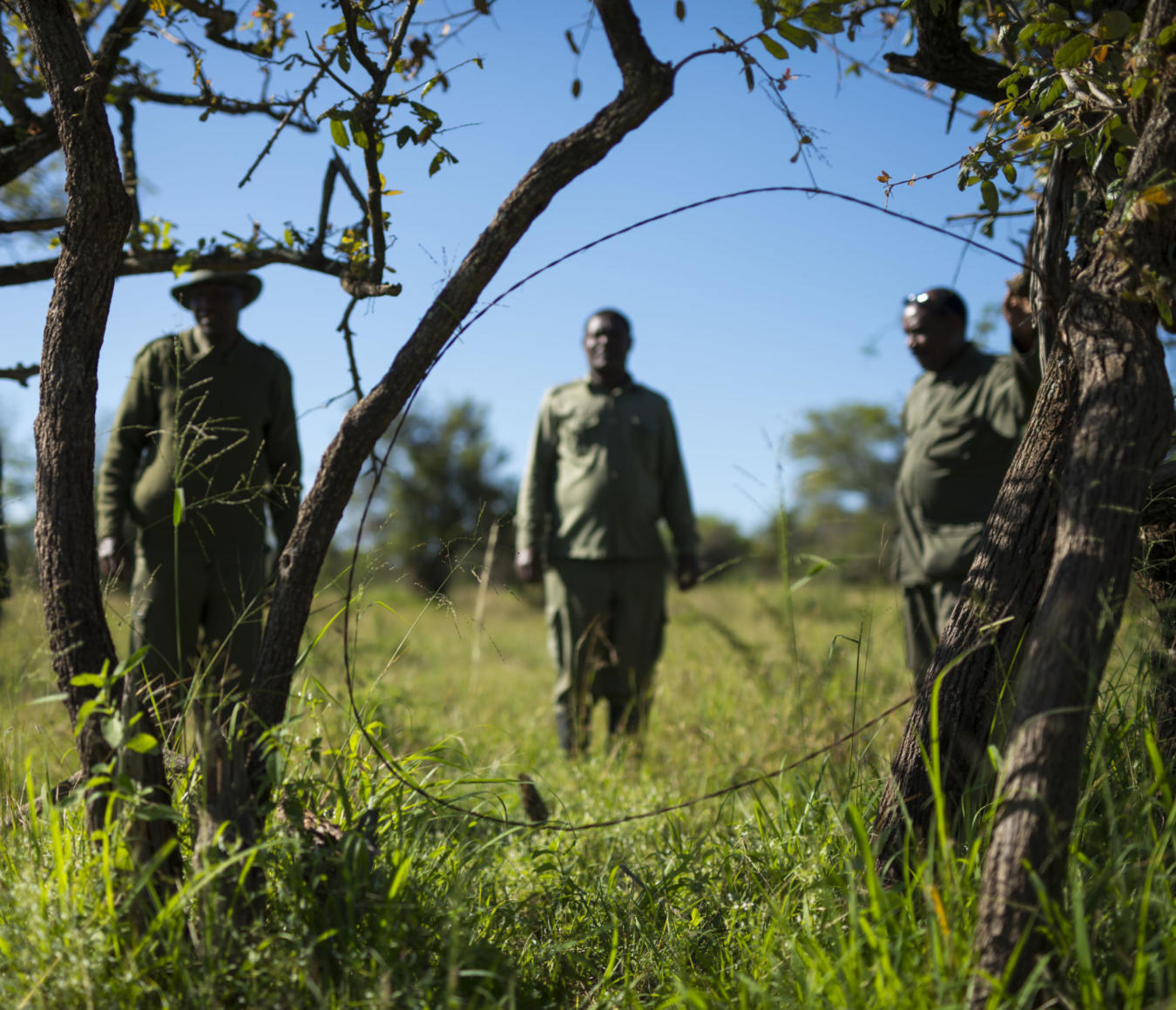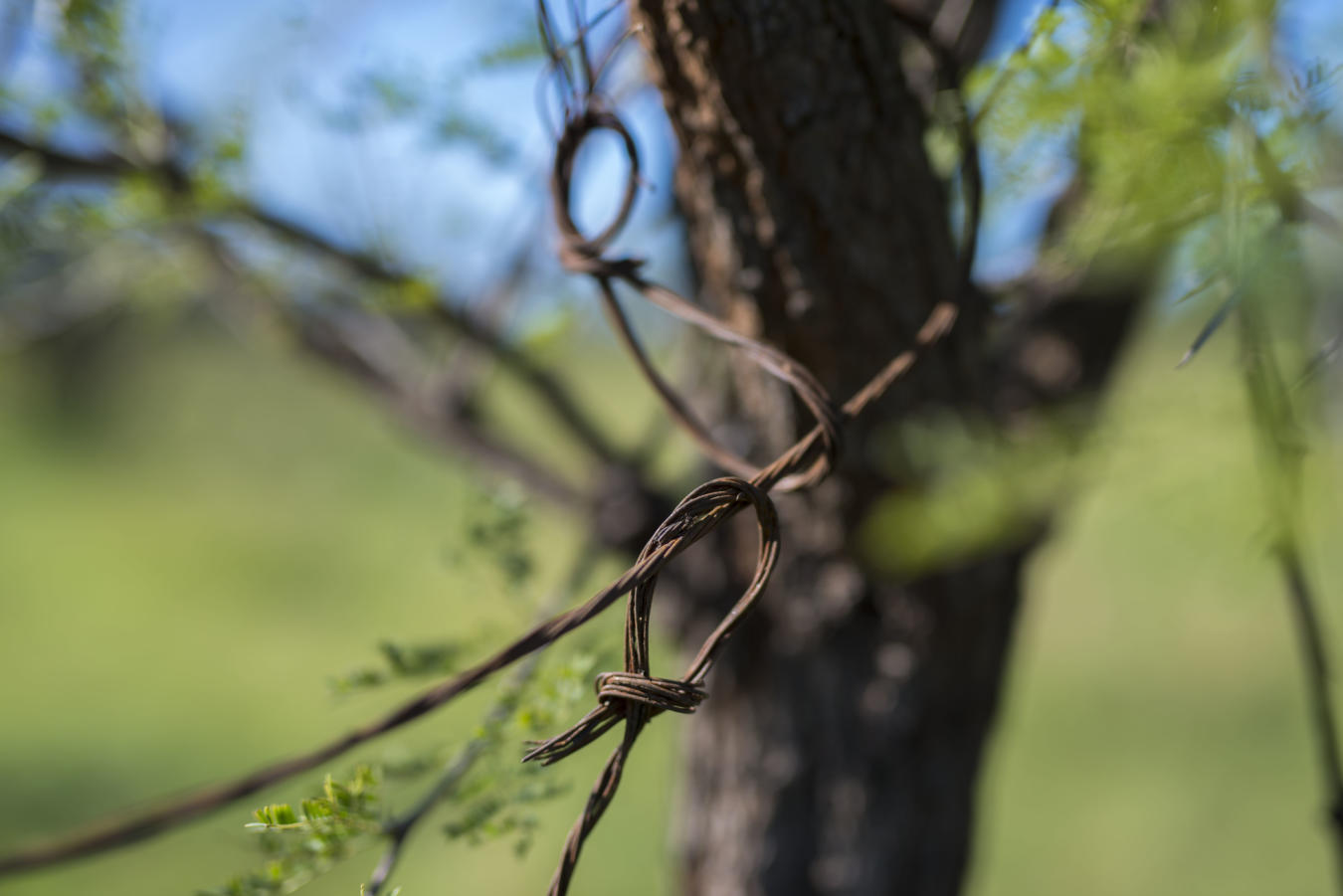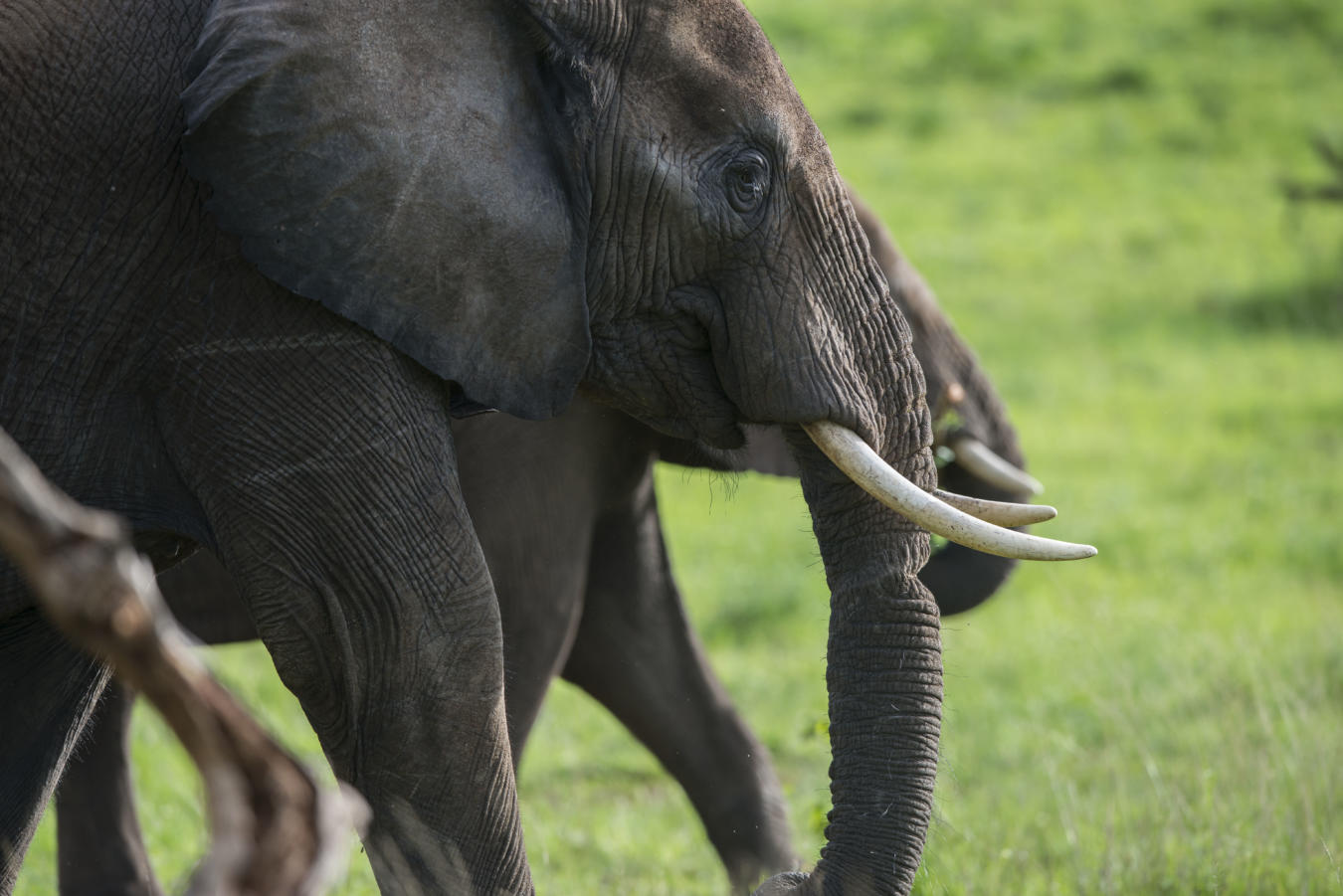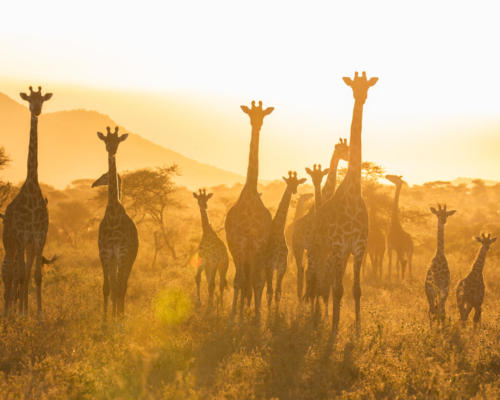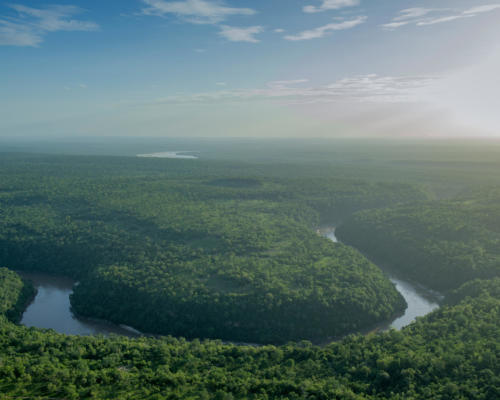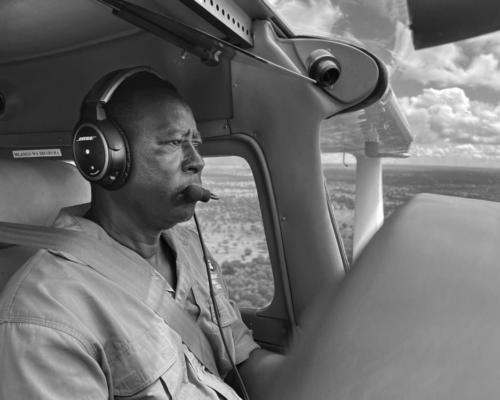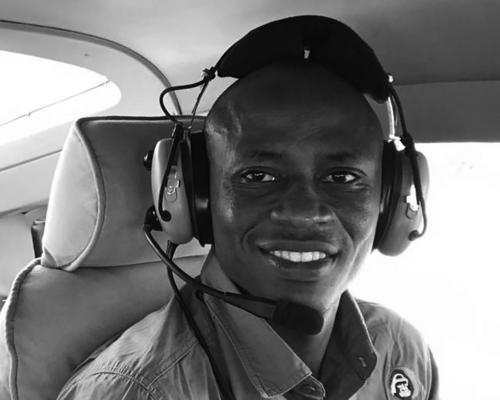FZS Frankfurt staff members experienced firsthand what it’s like to do boots-on-the-ground work in the Serengeti ecosystem. From re-building vehicles, coordinating work in such a vast area, to removing snares, a lot is done to support the National Park and surrounding area.
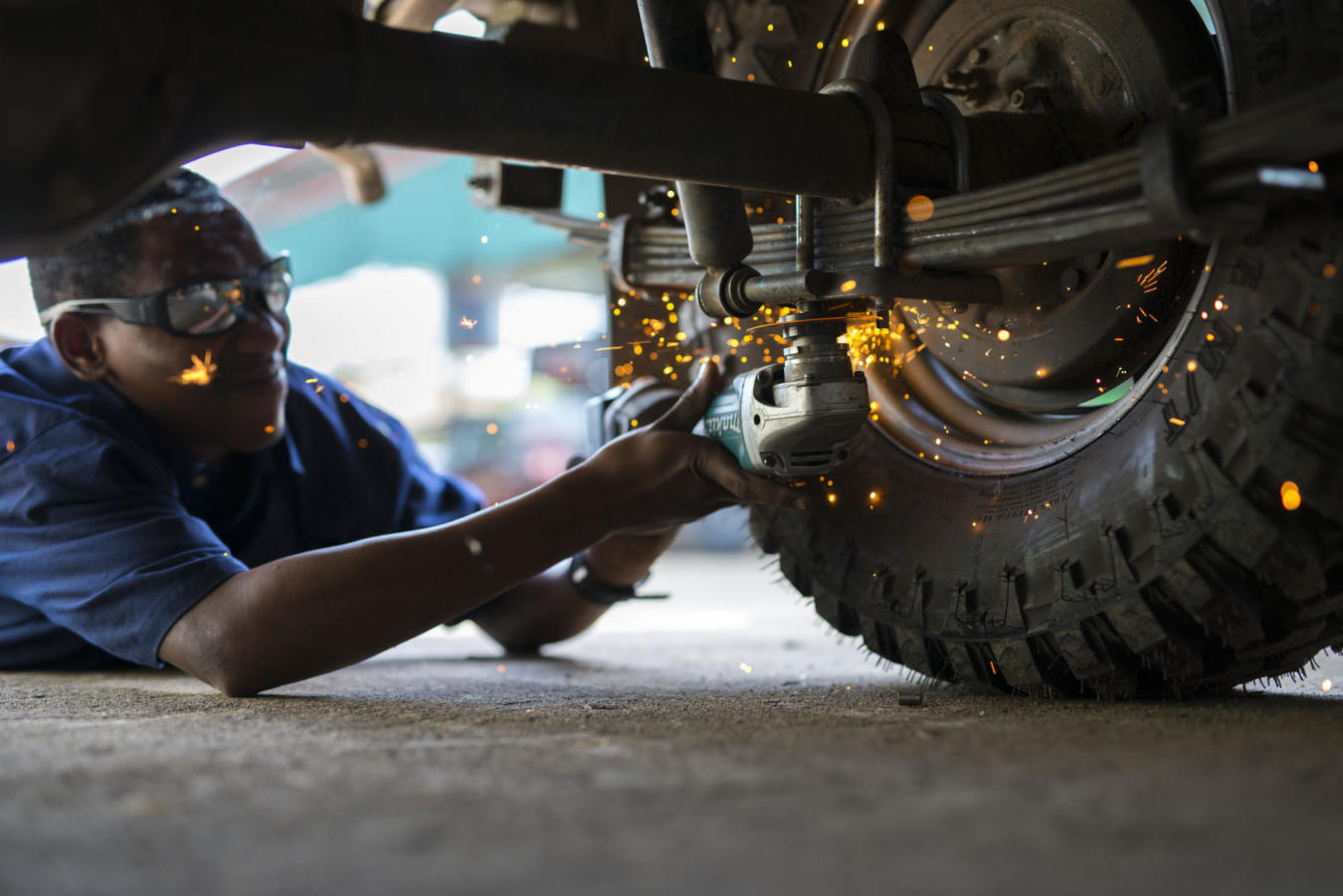
Learning from field experts
FZS supports several large natural areas in Tanzania: the Serengeti, Mahale, and Nyerere National Parks, and the Selous Game Reserve. Within the Serengeti, the team coordinates several programs both inside and outside the National Park. These include running workshops that repair and maintain field equipment such as project vehicles, constructing radio towers, supporting National Park rangers, and coordinating patrols to remove poacher’s snares from the Park that capture and kill wildlife.
To experience these activities in action within the Serengeti ecosystem, learn about challenges, and where funding is needed, Dagmar Andres-Brümmer, FZS’s Head of Communications, and Sanja Krebs who oversees FZS donors recently visited the team in Tanzania. They share what they learned.
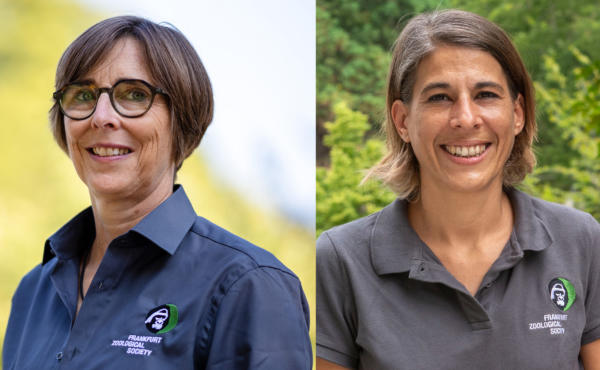
Dagmar Andres-Brümmer, FZS’s Head of Communications (left), and Sanja Krebs, Team Lead Philantrophy who oversees FZS donors.
If you happen to be traveling to Tanzania and are looking for the Frankfurt Zoological Society office in the Tanzanian city of Arusha, you need to know exactly where to look. The first time we tried to find the office, we walked right past it. We didn’t see it because the FZS logo had not yet been installed. The team had just recently moved in and is still setting everything up in the recently built small office building located on an unpaved side street in the Njiro area.
Dr. Ezekiel Dembe, FZS Country Director in Tanzania tells us about future plans for the site. “We are going to build a new vehicle workshop here, and then we will have everything centrally located in one place. This workshop is where we build communication towers and modify patrol vehicles to make them suitable for off-road driving. Currently, the workshop is still close to the airport, which is 24 kilometers away. When everything is in place, we will then also be able to move large parts of the vehicle workshop that we have in the Serengeti National Park here. Having everything in Arusha means we will have better access to resources, and this is much more efficient for our work”.
Dr. Dembe had time for a quick coffee, then he had to leave to get to the Tanzania National Parks Authority (TANAPA) headquarters. There he attended meetings regarding funding from the German government which is implemented by KfW Development Bank that aims to help protected areas in Tanzania build back better and more resilient following the COVID-19 pandemic. “All the processes and coordination loops are complicated,” he says as he sets off. We end up understanding what he means over the course of the next few days during our trip to the Serengeti.
Ten years ago, anyone traveling to the Serengeti would find the small FZS office, or “Frankfurt” as it is known here, in the heart of the National Park in Seronera. From there, the entire FZS Africa program was managed as was support for the Serengeti itself. Today, only those colleagues who focus on supporting the National Park are still on site. But it’s hard to tell that they are there because there are virtually no more signposts to the office, only a few cars with the Gorilla logo sticking on the doors, and the aircraft no longer has zebra stripes. One might wonder, is FZS still there at all? For Program Manager Rian Labuschagne the fact that the FZS logo or name isn’t seen anywhere is a big success: “We don’t need to show that we’re here. Our partners know that we’re there, they appreciate our presence, and we work together as equals. That’s what counts.” To prove it, he takes us into the workshop.
In Seronera there is an inconspicuous metal gate. A finger scanner opens the gate, and suddenly we are standing in the FZS garage, or, rather, in Monica Tarimo’s office. She is in charge of thousands of spare parts, vehicle deployment lists, maintenance protocols, and purchases. Everything is meticulously documented here. The workshop foreman, Godbless Monyo, leads us through the containers with the spare parts. We begin to understand what Dr. Dembe meant by complex processes. Every part is duplicated here, once on a blue inventory list, once on a yellow one. Why?
“One list is for spare parts that have been purchased using the dedicated FZS budget. The other is for parts purchased using KfW funds,” Godbless explains. It is a complicated process, but it makes sense because each part is linked to a specific project activity, for example, KfW funds can only be used for activities relating to Park purposes. Separating the parts into different lists ensures financial transparency is maintained.
“Fifteen mechanics work in the Serengeti National Park workshop, taking care of all the vehicles belonging to the Park and FZS,” Godbless says. He then shows us how these magicians put together a Land Rover virtually from scratch. We had already seen impressive before-and-after examples in the workshop in Arusha, and here, too, there are several “junk” vehicles in storage, ready for a new lease on life. Most of the cars have been severely damaged in accidents or are no longer serviceable due to lack of maintenance. “Driving off-road or on dirt roads, that’s what puts the cars through the wringer here and if you don’t maintain them regularly, they’ll quickly break down,” says Godbless. That’s why the FZS workshop is literally the engine that keeps the park and its ranger patrols running. When all else fails, the car magicians assemble a “new” vehicle using parts from their stock of destroyed cars.
Just as important as the workshop is the Control Room which FZS built with TANAPA a few years ago. Here the different aspects related to monitoring the National Park come together. Two TANAPA rangers were on duty when we visited. They tell us in detail how and what they can follow on their three enormous screens. Their last names we prefer not to mention for safety reasons.
When we were there, only a handful of snare cases have been reported to them by the de-snaring teams. Thankfully, this is a very small amount. “Poaching is seasonal and there’s not much going on at the moment,” Eliaphenda says, showing us exactly where the patrols have been in recent days on a map. From the many lines and dots on the map, it’s easy to see the snare poaching “hot spots”. As Eliaphenda zooms in on the data period and pulls up the points for the entire year, it becomes even clearer where the critical areas are located. The more information the rangers have, the better they can focus their patrols and target the right areas in the Park.
Another screen shows a Google Earth map of the Serengeti with blue and green people icons and vehicles on it. Dots mark where a ranger vehicle or foot patrol is currently located. They are used for planning and monitoring but also for safety reasons. “It’s not safe out there,” Eliaphenda’s colleague Andrew says. “You can get lost, have an accident, get bitten by a poisonous snake, or get too close to a wild animal. If colleagues need help, we can see exactly where they are and direct the nearest ranger or vehicle to that location.”
The last excursion that Dagmar and Sanja go on is into the Serengeti bush. Here de-snaring teams search for and destroy wire snares that have been set up by poachers. A large pile of such wires is lying in front of a container near the FZS workshop. “These snares have already been cut into pieces, so they are no longer usable,” says Abraham Seidya. He is the head of “Delta 1,” one of three de-snaring teams. Abraham opens the container and thousands more wire snares can be seen, neatly coiled up and ready to be shredded. Every day, the Delta teams collect snares, knowing that while they are doing so, poachers are laying out new snares somewhere else. The material for the snares is inexhaustible because it is made from old car tires. Death by such snares is cruel and can drag on for many hours. The wire causes large flesh wounds and sometimes the animals die of thirst.
Some animals manage to break free, but then they often die from their infected wounds days or weeks later. Abraham shows us how his team works. We are led into the bush where we find a well-camouflaged camp and eight men. After two weeks of camping in the bush, in the heat, and without running water, they are in urgent need of relief. On the ground, neatly rolled up, lie a few loops of dismantled snares- today’s yield. “We can follow a trail of snares directly to the poacher’s camp.” If such a camp is found, any meat hung up to dry is destroyed. If the team is lucky, then the poachers are caught in the act and arrested. For this purpose, each team is accompanied by a TANAPA ranger who has the authority to do this.
The de-snaring teams have been in place since 2017. The initiative was developed through cooperation with the Park, FZS, and the Tanzania Association of Tour Operators (TATO). The teams are financed by donations from several tour operators. This year Abraham Seidya and his Delta 1 team have already removed more than a thousand snares and freed a dozen animals. A great success, but frustrating, because snare poaching is a never-ending problem. “We would need two to three more teams to ensure that there are no gaps in the off-season,” says Abraham Seidya. But in the end, he is pleased with the impact his team is already having on the villages. “People are realizing and understanding more and more that poaching is not a good idea.”
But now Abraham and Balton want to show us what the snares look like and how they work. We accompany the team to a spot a few kilometers from their hidden camp, where they discovered traps that morning. In the middle of the bush, the traps are hardly visible to us, and we realize how skilled one must be for this task. The poachers sometimes set double traps. This increases their chances of killing an animal because if it escapes one of the traps, it is caught by the second. Shortly after we dismantle eight wire traps, which are cut with the bolt cutter and then wound up. At least here the animals can now once again move safely through the savannah.






